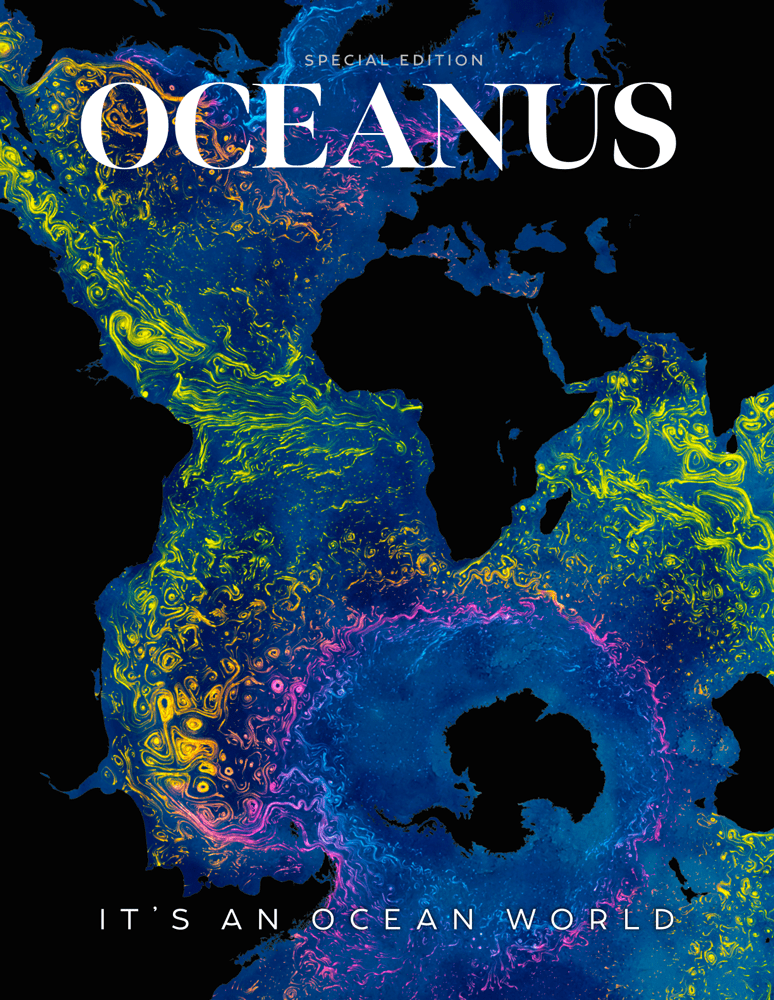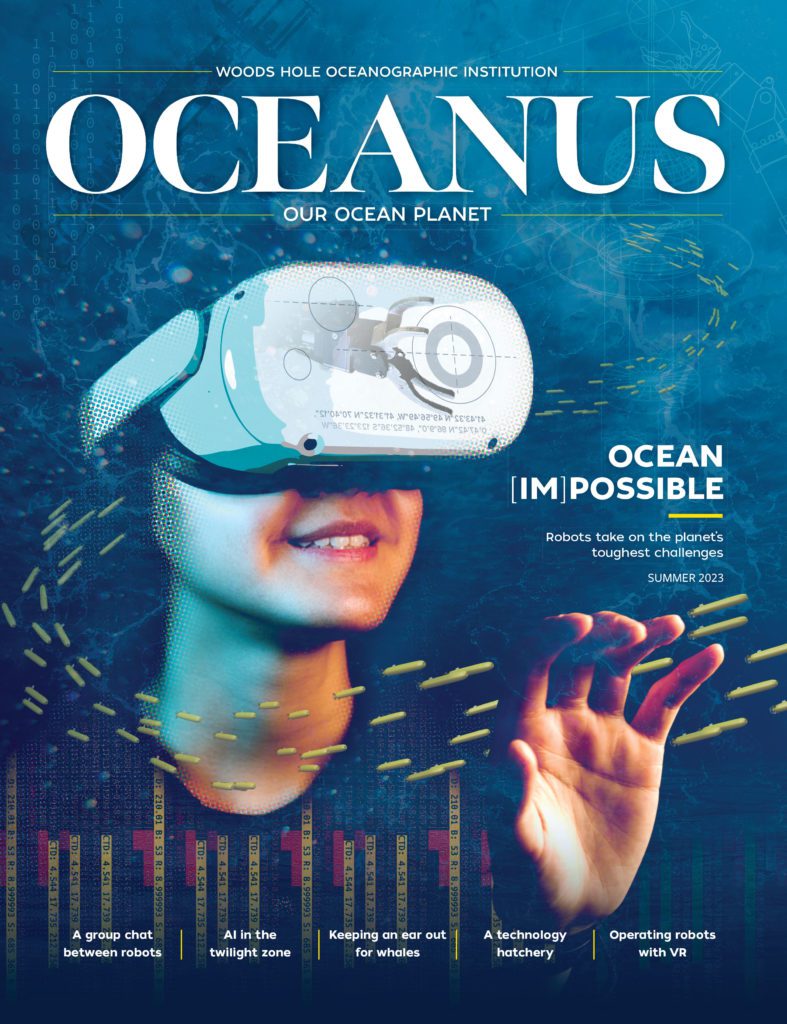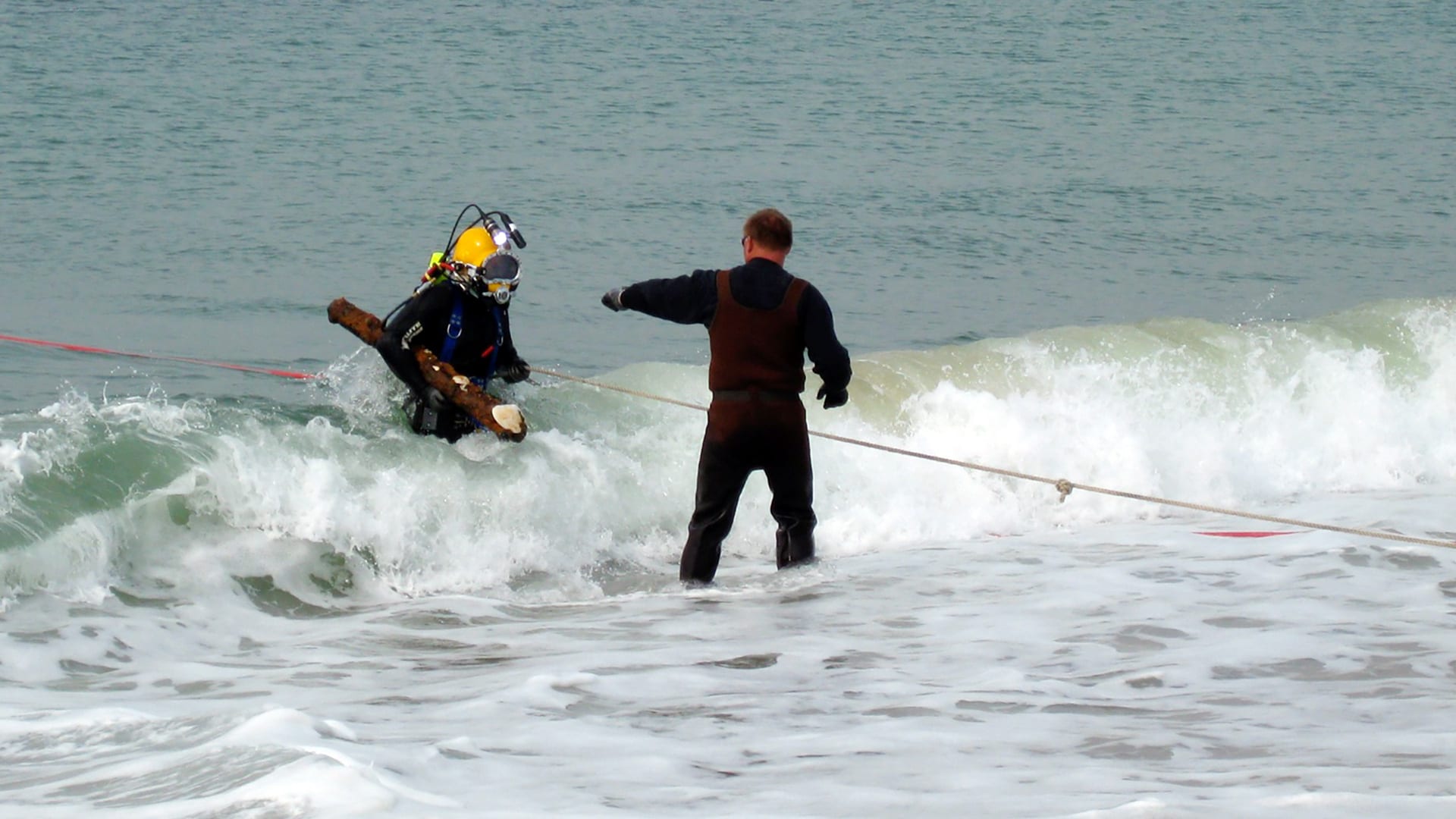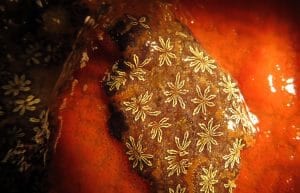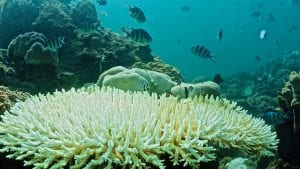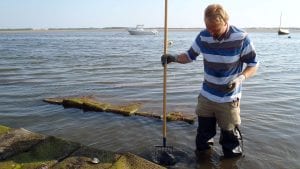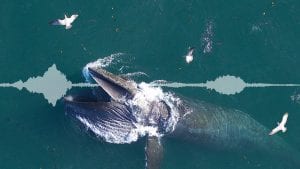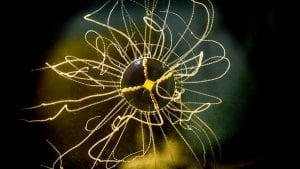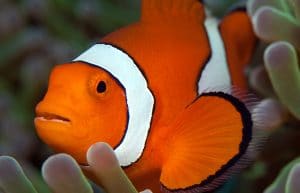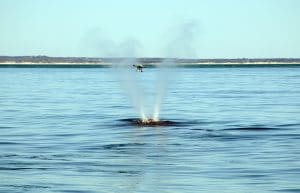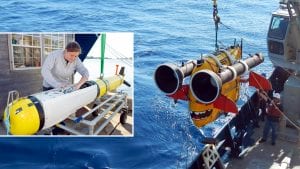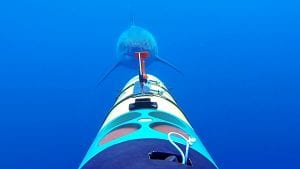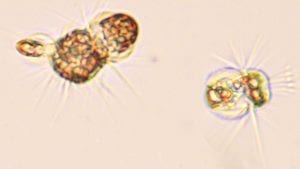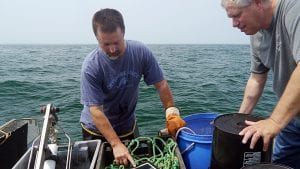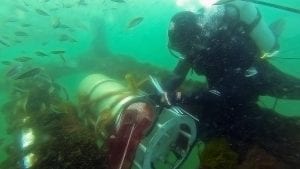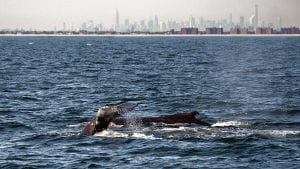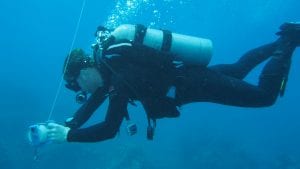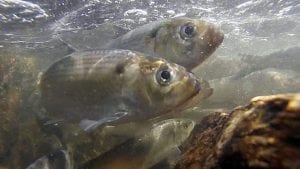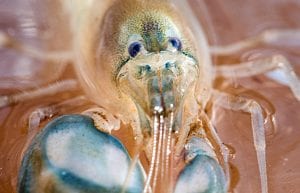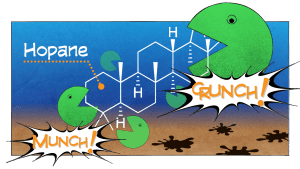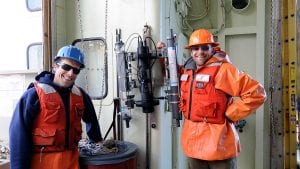Ocean Life
Tracking Unexploded Munitions
U.S. coastlines still have a lot of unexploded ordnance, or UXOs, left offshore by military exercises in the 1940s and 1950s. WHOI scientist Peter Traykovski is investigating where UXOs are and how they are moved and buried along the coast.
Who Grows There?
Biofouling organisms—barnacles, tunicates, bryozoans, and other marine invertebrates—are a common sight on docks, ship hulls,…
A Double Whammy for Corals
Scientists know that gradually rising ocean temperatures can push corals past a threshold and cause…
Can Clams and Oysters Help Clean Up Waterways?
Towns in Cape Cod are looking to shellfish not only as culinary treats, but as…
Scientists Reveal Secrets of Whales
Researchers have known for decades that whales create elaborate songs. But a new study has…
Long-term Study Focuses on New England Ocean
The National Science Foundation has created a new Long Term Ecological Research site off the…
Tiny Jellyfish with a Big Sting
Clinging jellyfish in waters near Vladivostok, Russia, are known for their painful, toxic stings. In…
The Marine Reserve Goldilocks Problem
To protect coral reefs, governments and conservationists are looking to establish networks of marine reserves,…
Scientists Reveal Secrets of Whales
Researchers have known for decades that whales create elaborate songs. But a new study has…
In the Gardens of the Queen
An unprecedented research cruise investigated one of the most beautiful and unexplored coral reefs in…
How Do Fish Find Their Way?
An MIT-WHOI Joint Program graduate student is exploring how tiny larvae hatched in the open…
PlankZooka & SUPR-REMUS
Much of marine life begins as microscopic larvae—so tiny, delicate, and scattered in hard-to-reach parts…
When the Hunter Became the Hunted
In waters off Mexico’s Guadalupe Island, Woods Hole Oceanographic Institution (WHOI) engineers deployed the REMUS…
The Amazing Acquired Phototroph!
There are autotrophs, such as plants, that can make their own food. There are heterotrophs,…
The Hotspot for Marine Life
The continental shelfbreak in the waters off New England is an area where a spectacular…
Scientist-Fisherman Partnership
WHOI physical oceanographer Glen Gawarkiewicz is enlisting the help of local fishermen to find out…
Spring Arrives Earlier in the Ocean Too
Warmer oceans are triggering phytoplankton to start their annual blooms up to four weeks earlier…
Eavesdropping on Whales
WHOI scientist Mark Baumgartner has installed a mooring in New York waters that listens for…
How Do Larvae Find a Place to Settle Down?
It’s still a mystery: How do the tiny larvae of marine animals that hatch in…
A Big Decline of River Herring
River herring used to run up coastal streams in great numbers in springtime, returning from…
Radioactivity Under the Beach?
Scientists have found a previously unsuspected place where radioactive material from the Fukushima Dai-ichi nuclear…
Eavesdropping on Shrimp’s Snap Chat
At Woods Hole Oceanographic Institution, marine ecologist Ashlee Lillis is studying a tiny animal that…
What Happened to Deepwater Horizon Oil?
Officials pumped a huge amount of chemicals into the deep ocean during the 2010 Deepwater…
New Device Reveals What Ocean Microbes Do
Whether you’re a plant, animal, or even a microbe, you generally can’t conduct the business…
